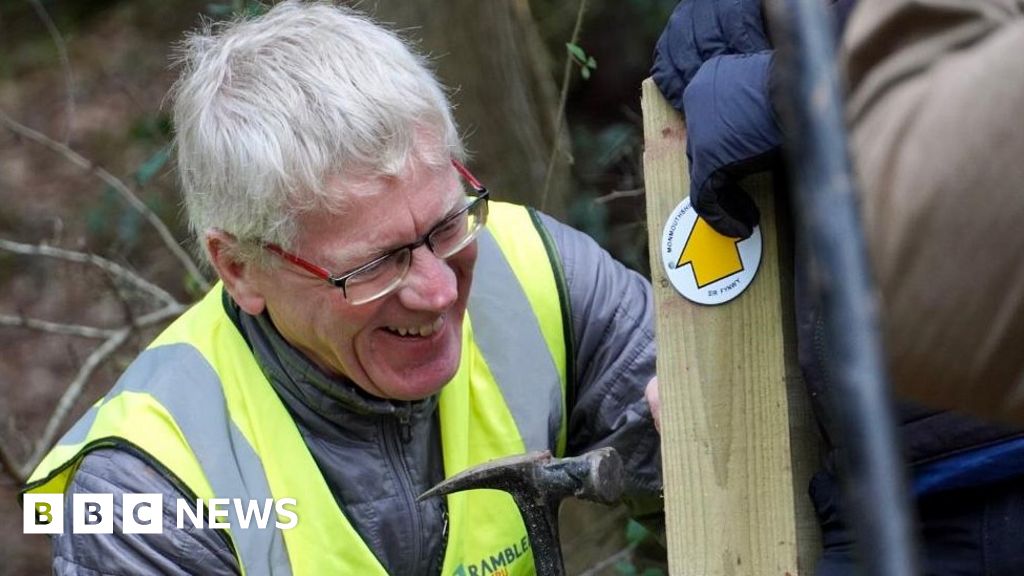- cross-posted to:
- nature
- cross-posted to:
- nature
cross-posted from: https://feddit.uk/post/6632877
Walkers wanting to enjoy footpaths across the British countryside are being blocked or obstructed in nearly 32,000 places across England and Wales.
But they are fighting back, with one rambler even training as a lawyer to force councils to keep the way clear.
A BBC investigation found councils which have responsibility for footpaths had 4,000 more access issues on public rights of way in 2023 than in 2022.
Campaigners said this showed a “growing abuse and neglect” of the path network.
Local authorities said “funding constraints” limited what they can do.
This is the best summary I could come up with:
Standing on a footpath tucked into the folds of the Tamar Valley, Mrs Wilson points up at a sheer muddy bank, topped with a thicket of brambles.
Meanwhile, across England and Wales, The Ramblers - Britain’s walking charity - say they are coming across similar problems - but the true scale of blocked and obstructed footpaths has so far remained unknown.
So the BBC used Environmental Information Regulations to ask 118 local councils outside of London and national park authorities how many blockages and obstructions were recorded at the end of 2022 and on a specific day - 31 October 2023.
Kate Ashbrook, general secretary of the Open Spaces Society, said the results of the BBC’s investigation showed “a shocking and growing abuse and neglect of our public path network”.
“Long-term, consistent funding would help councils plan ahead for maintenance and to reduce obstructions on rights of way,” said Darren Rodwell, transport spokesperson for the Local Government Association.
Environment secretary Steve Barclay told the BBC: “The best way of unblocking issues is to get the landowners on board to work in partnership which in turn is great for the public but is good as a whole in terms of the country’s health and wider wellbeing.”
The original article contains 1,047 words, the summary contains 205 words. Saved 80%. I’m a bot and I’m open source!



